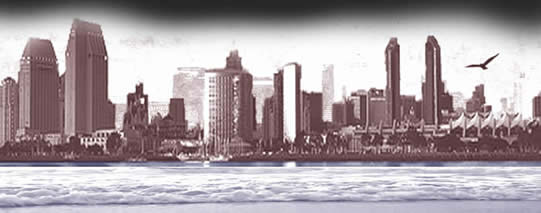... In Case of Catastrophe
|
|||
CONTAC INFO: TEL.619-427-4111 EMAIL: health@infooption.com Salud + Health Info is for information and educational purposes only. You should not rely on this information as a substitute for personal medical attention, diagnosis or hands-on treatment. If you are concerned abut your health or that of a child, please consult your family’s physician or health provider immediately and do not try to diagnose yourself. Copyright © 2001-2010 Info Option Network |
|||
Bienvenido a la primer revista dedicada al cuidado de la salud
 info
info
The first, the best & the only English & Spanish Magazine in San Diego, California
|
|
|
|
|
|
|
|
| Emergency Preparedness | |
| In Case of Catastrophe | |
 |
|
| What will happen if California is hit by a BIG eartquake? | |
| Medications for Your Disaster Supplies Kit | |
| Foods to Stock for Your Disaster Supplies Kit | |
| An ounce of prevention | |
| A “Cool” Place to Stay Cool during a heat wave | |
| Health Officials Warn of Dangers of Hot Vehicles | |
| Fireworks injuries | |
| Why to Avoid Dehydration? | |
| Safety Around the Water | |
| Food Poisoning | |
|
|

